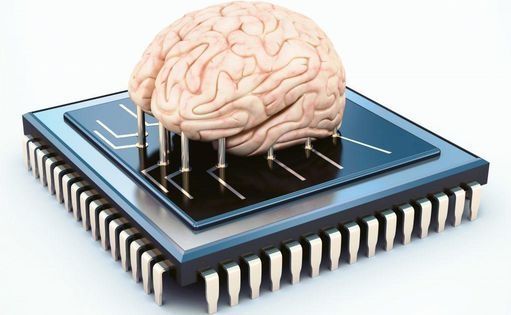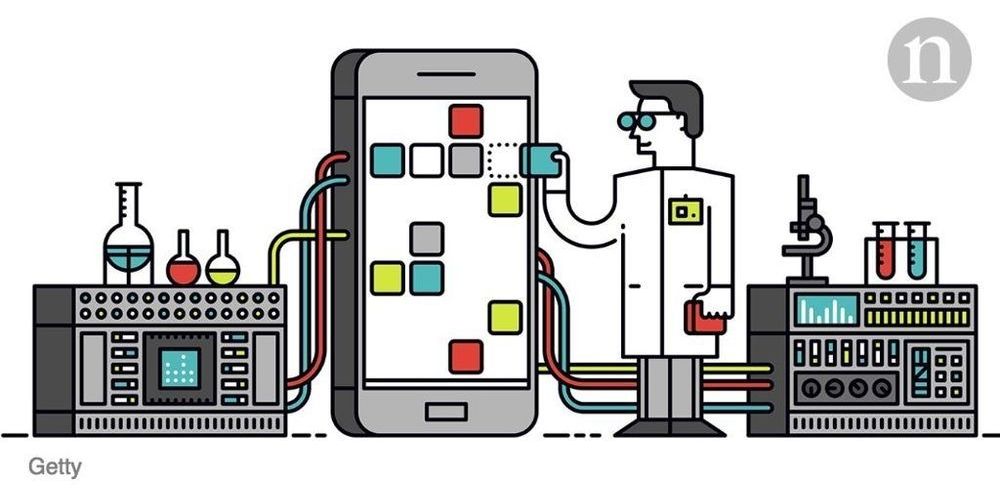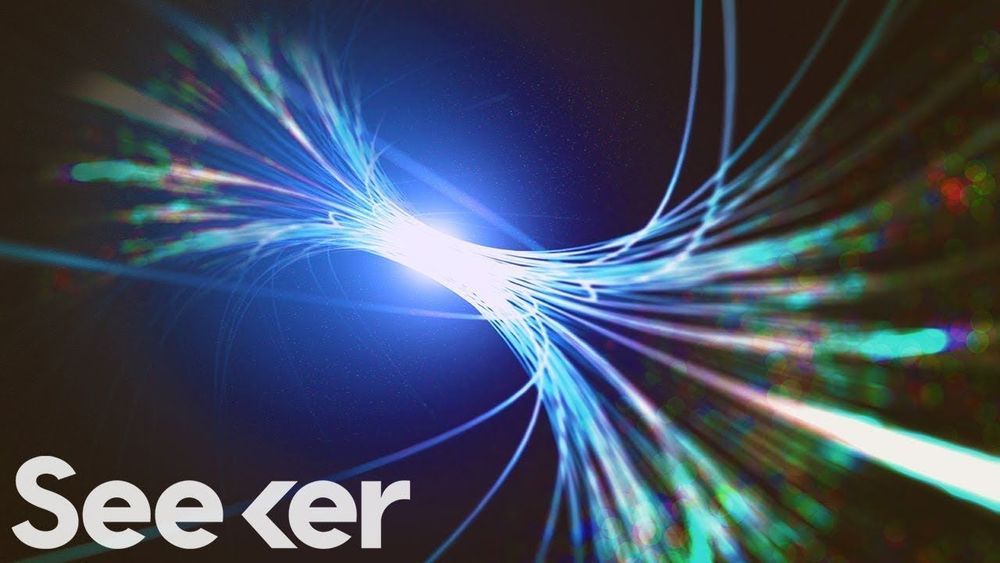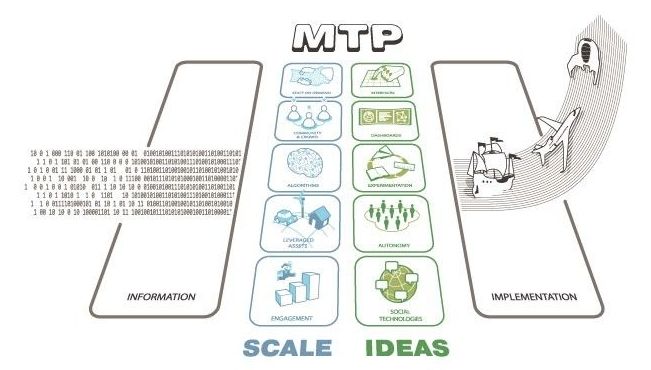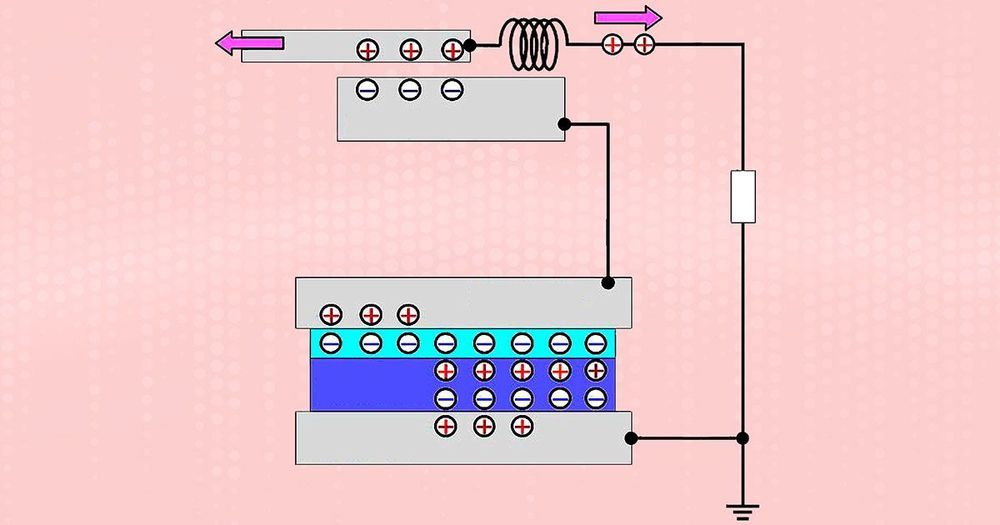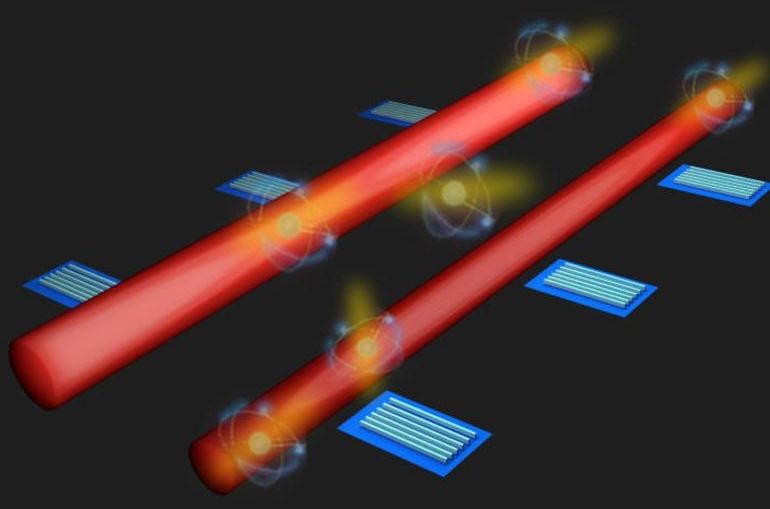Introduction
The rise of the silicon brain that can give rise to thought, emotion and behavior in a machine seems to be on the way. This is mainly due to rapid advances in software and hardware that are paving the way for next generation computational systems with cognitive abilities modeled after the human brain. This will prove to be a significant evolutionary development and especially important to enhancing machine intelligence for the complex problems that need to be solved for the future of humanity. So, as we envision a rapidly evolving silicon brain taking in the data from its surroundings in cyberspace, geospace, space (CGS) and run the data through some known/unknown computing processes and then tell the computer/machine to act, feel or behave in a certain way seems to bring humanity a lot more questions than answers. This is mainly because it is not known how the information on the silicon brain will be processed, stored or recalled; how the computer commands will emerge and become effective, and even how the silicon brain will experience the sensory world around it in CGS, and how it will think, feel or empathize.
As we evaluate all these emerging questions surrounding the rise of the silicon brain, there is an intense effort already going on to create neuromorphic chips that can mimic the human brain. There is also an initiative emerging to create a neuromorphic chip based on an octopus brain. While the emerging neuromorphic chips are still nowhere near as capable as a human brain or octopus brain, much is expected to change for machine intelligence very rapidly in the coming years, as these chips begin learning to process available sensory data from CGS to evolve their abilities in real time for the goals defined for them.
